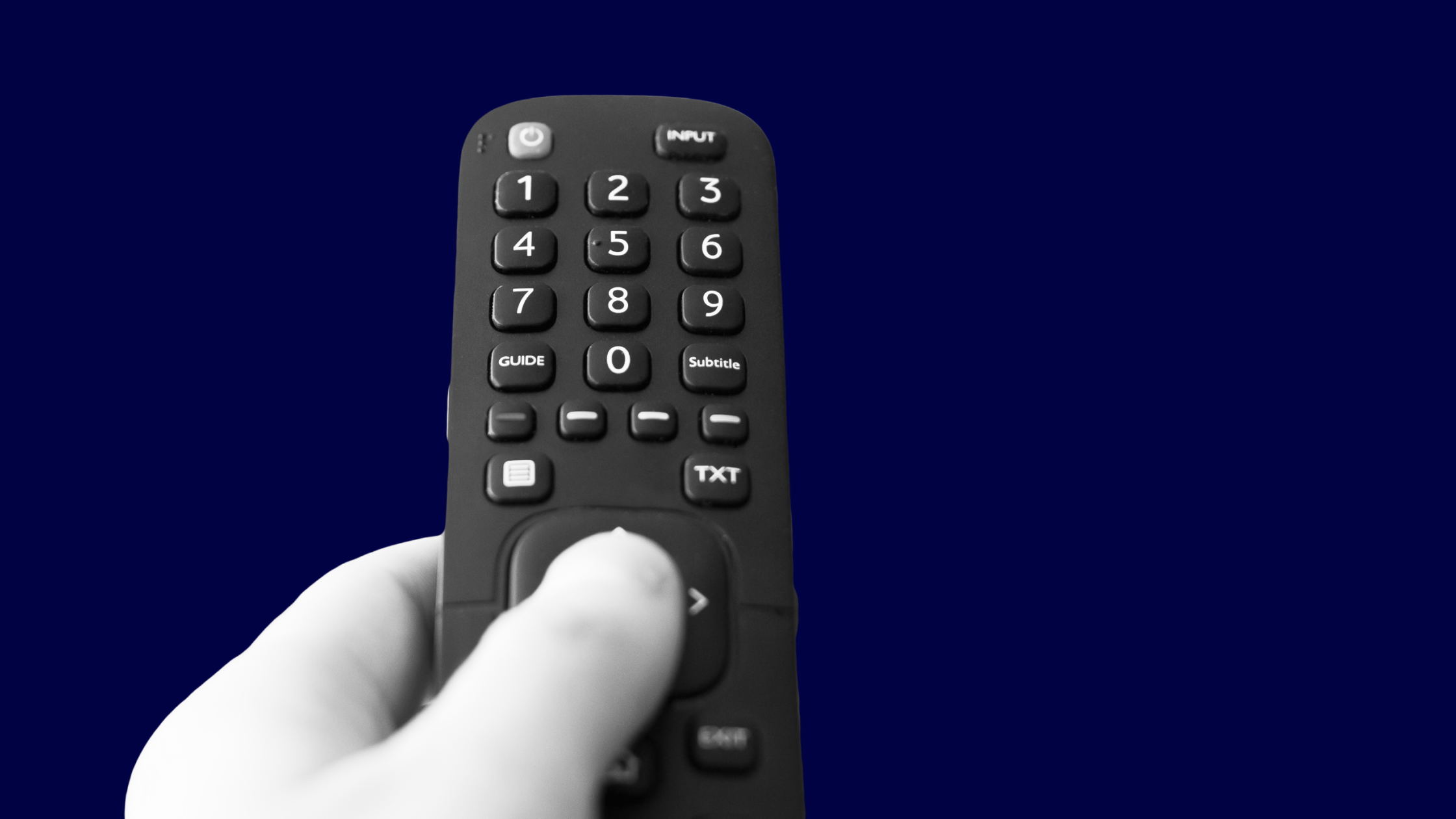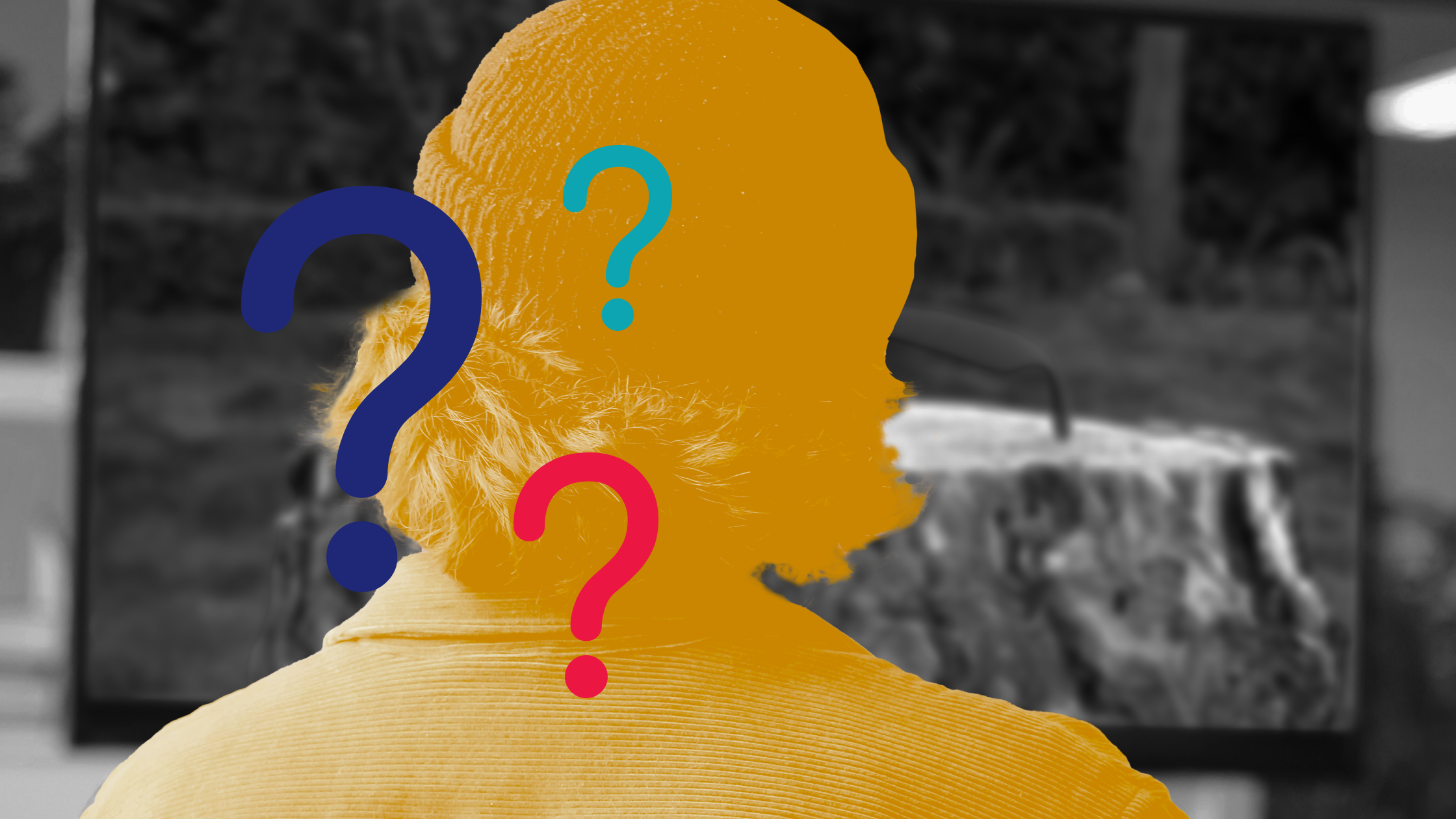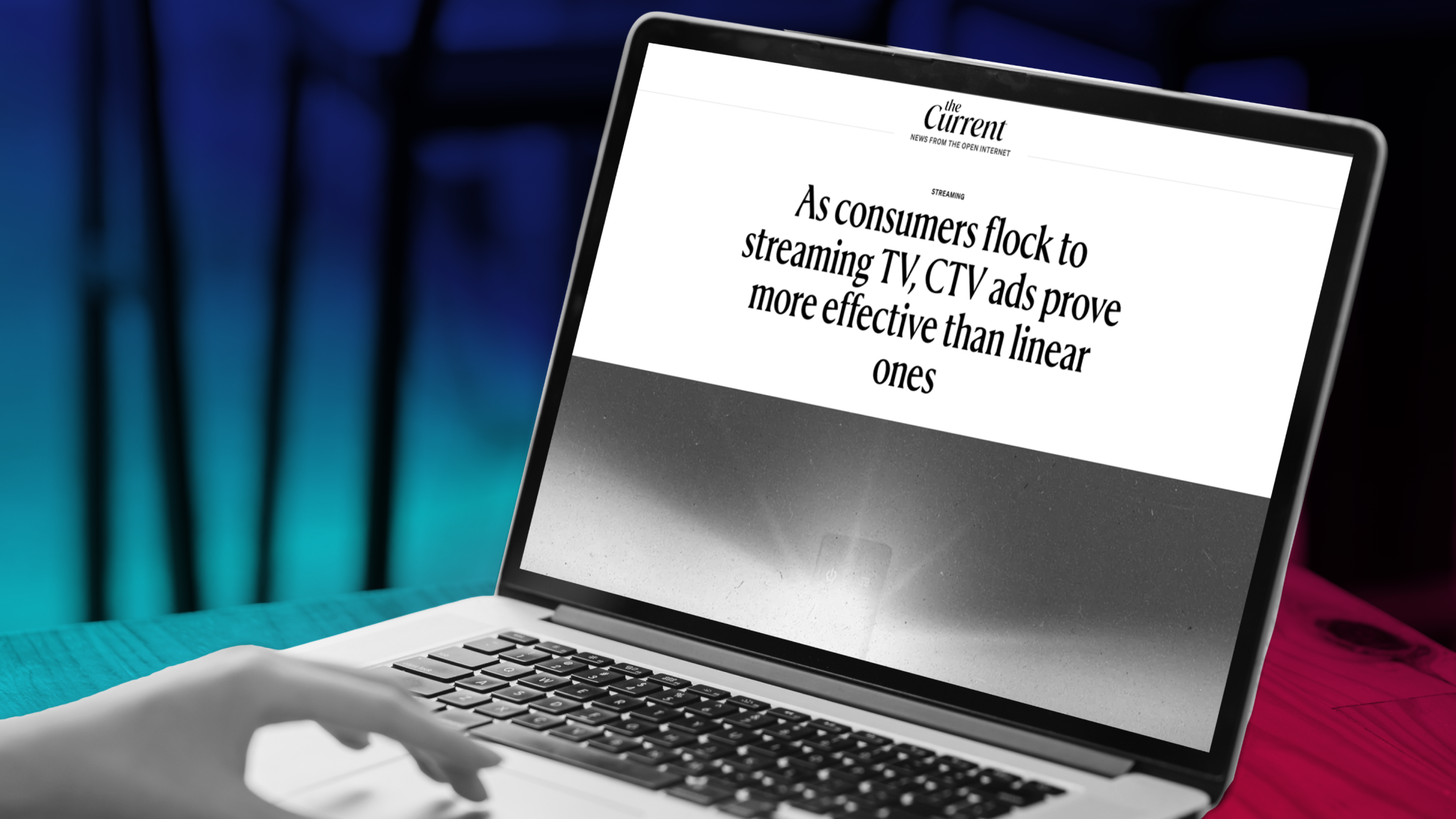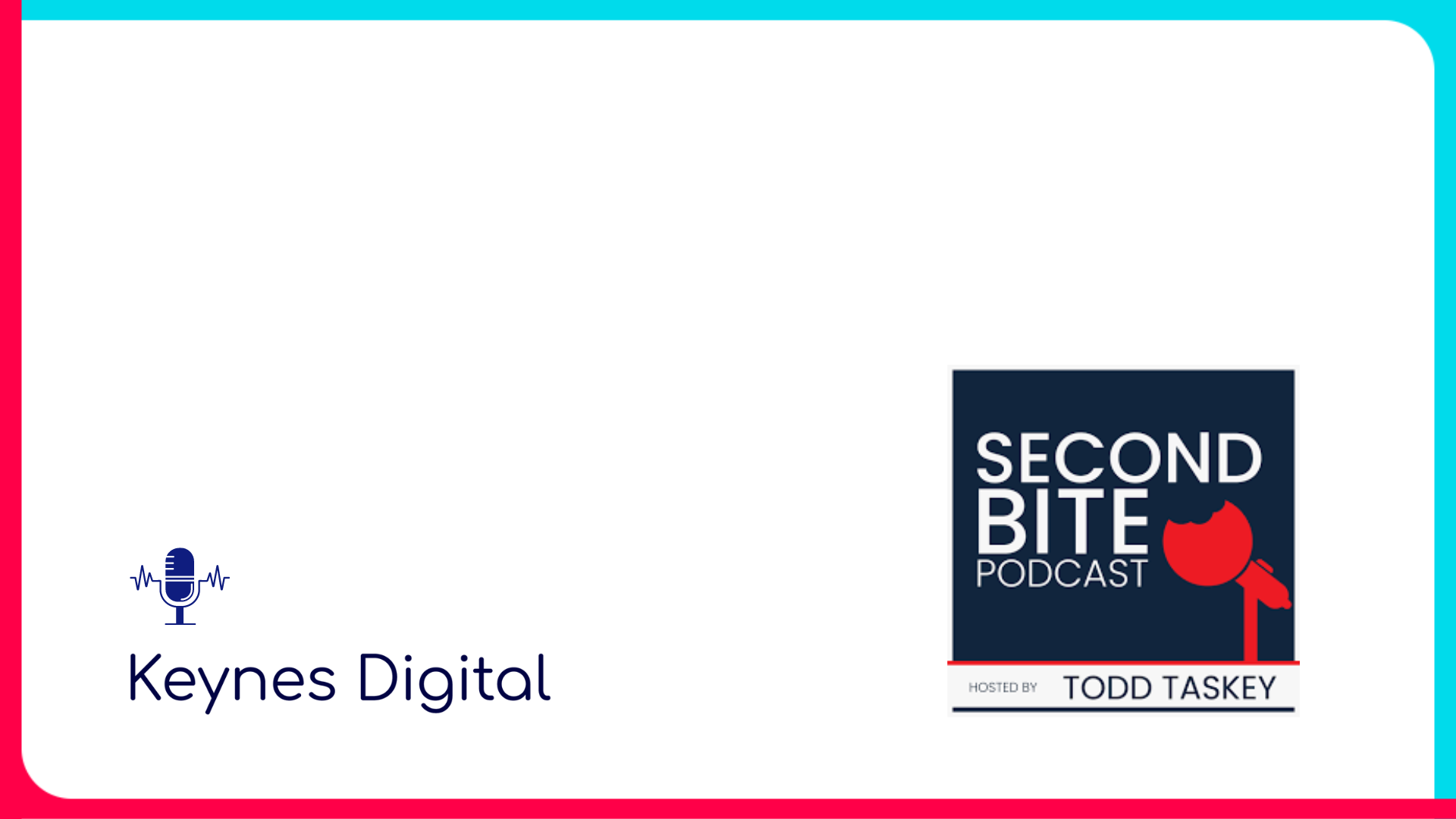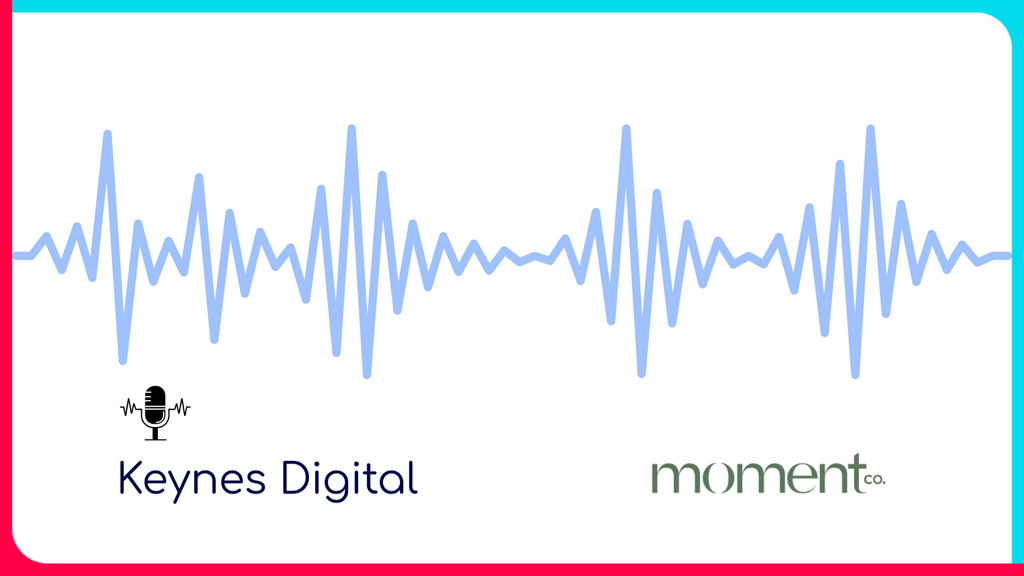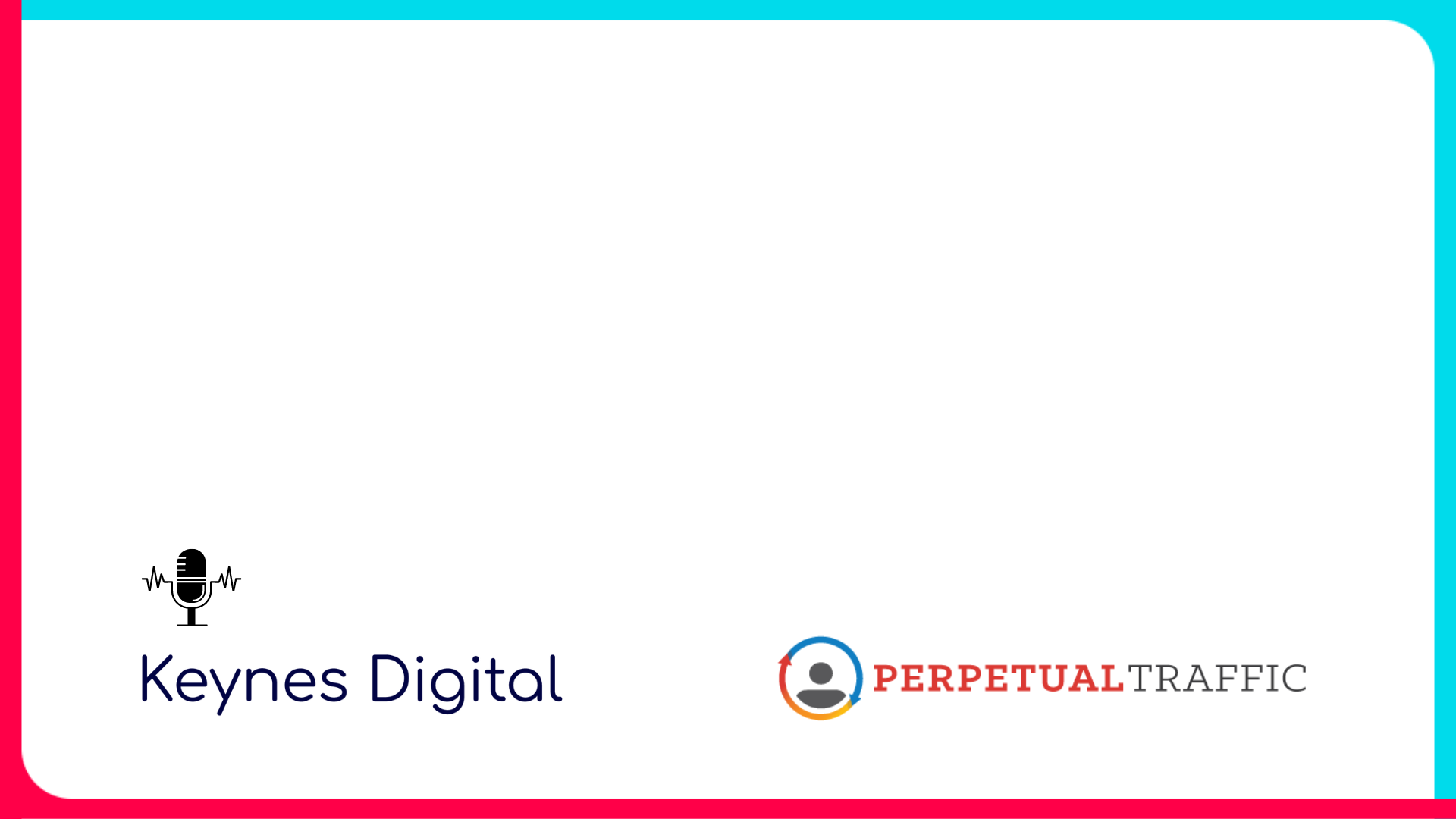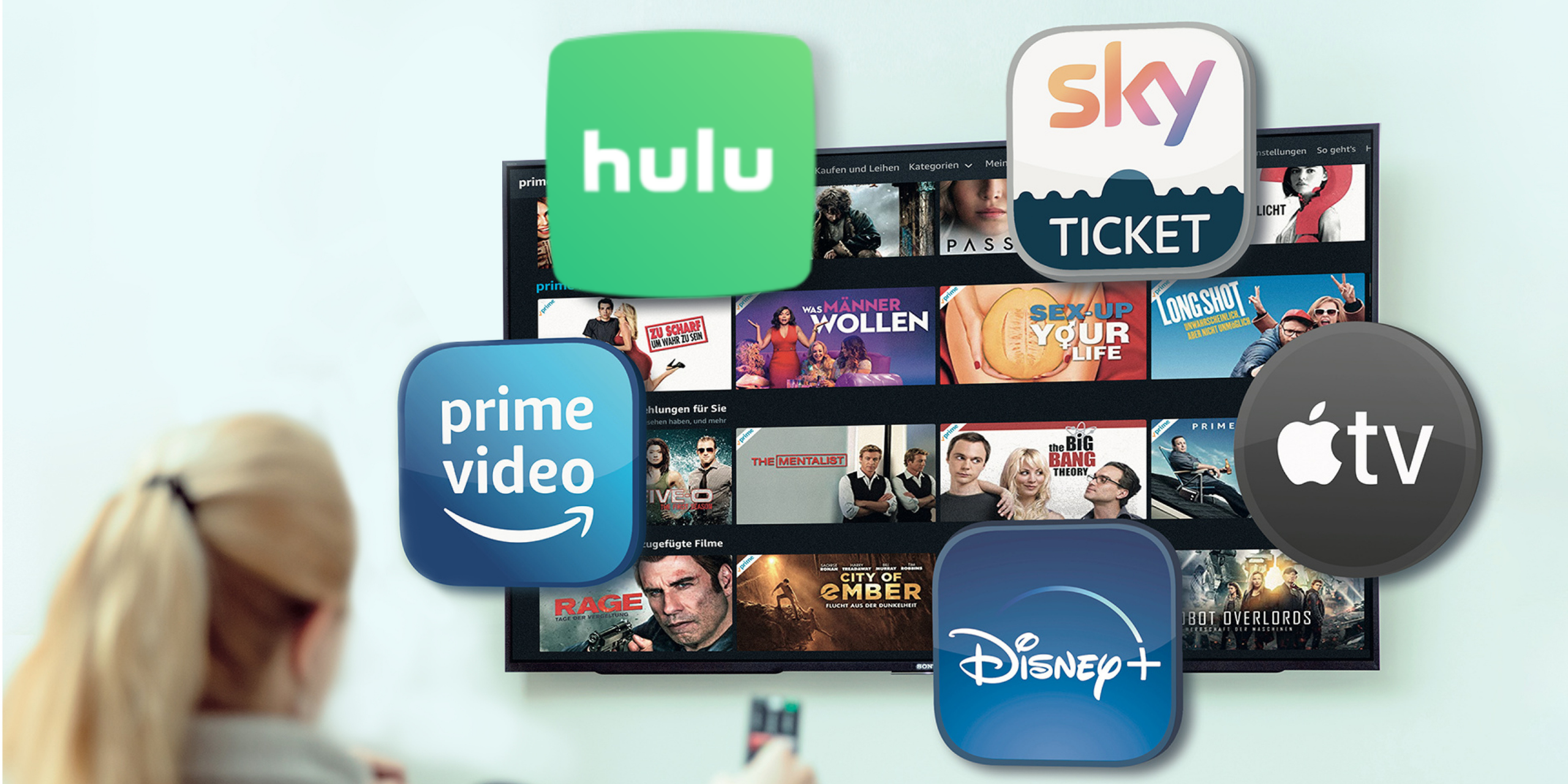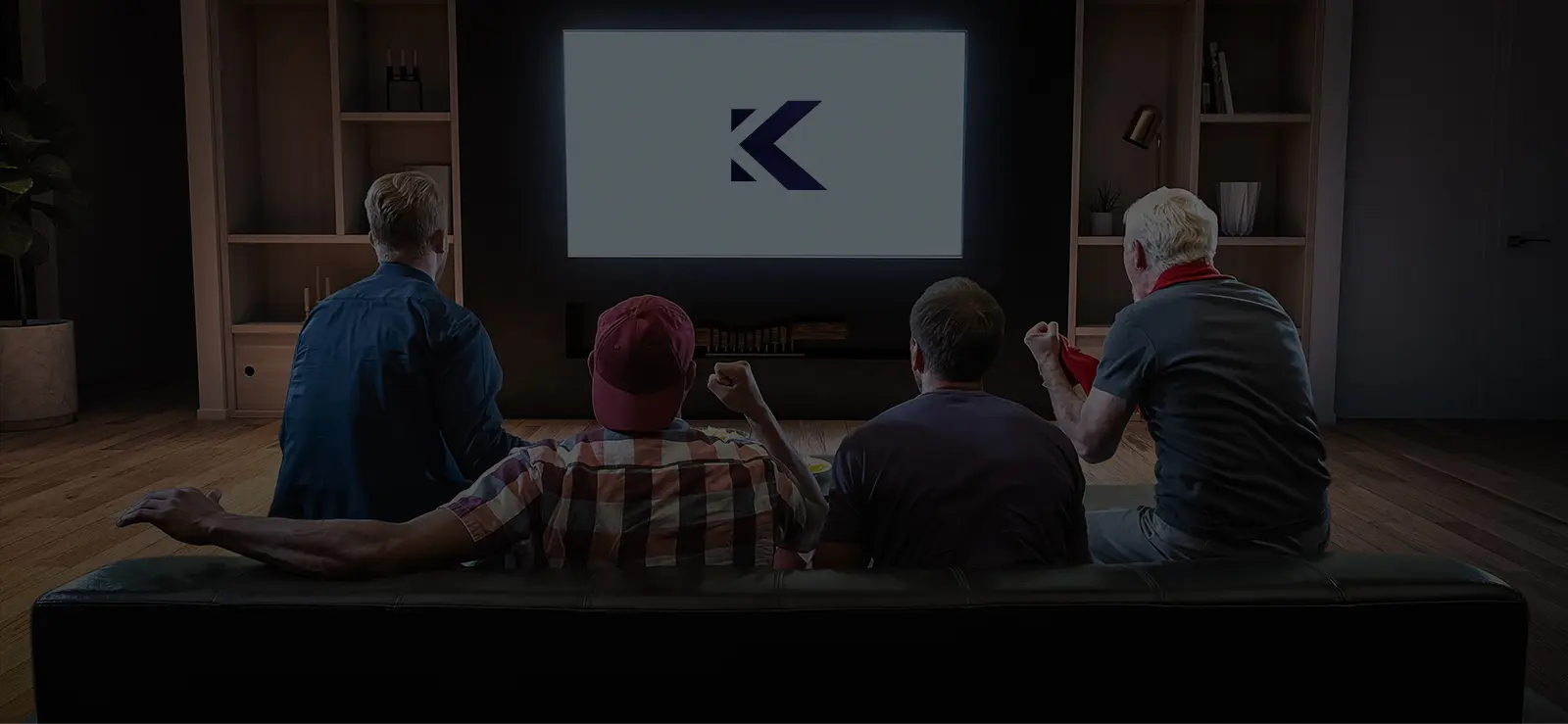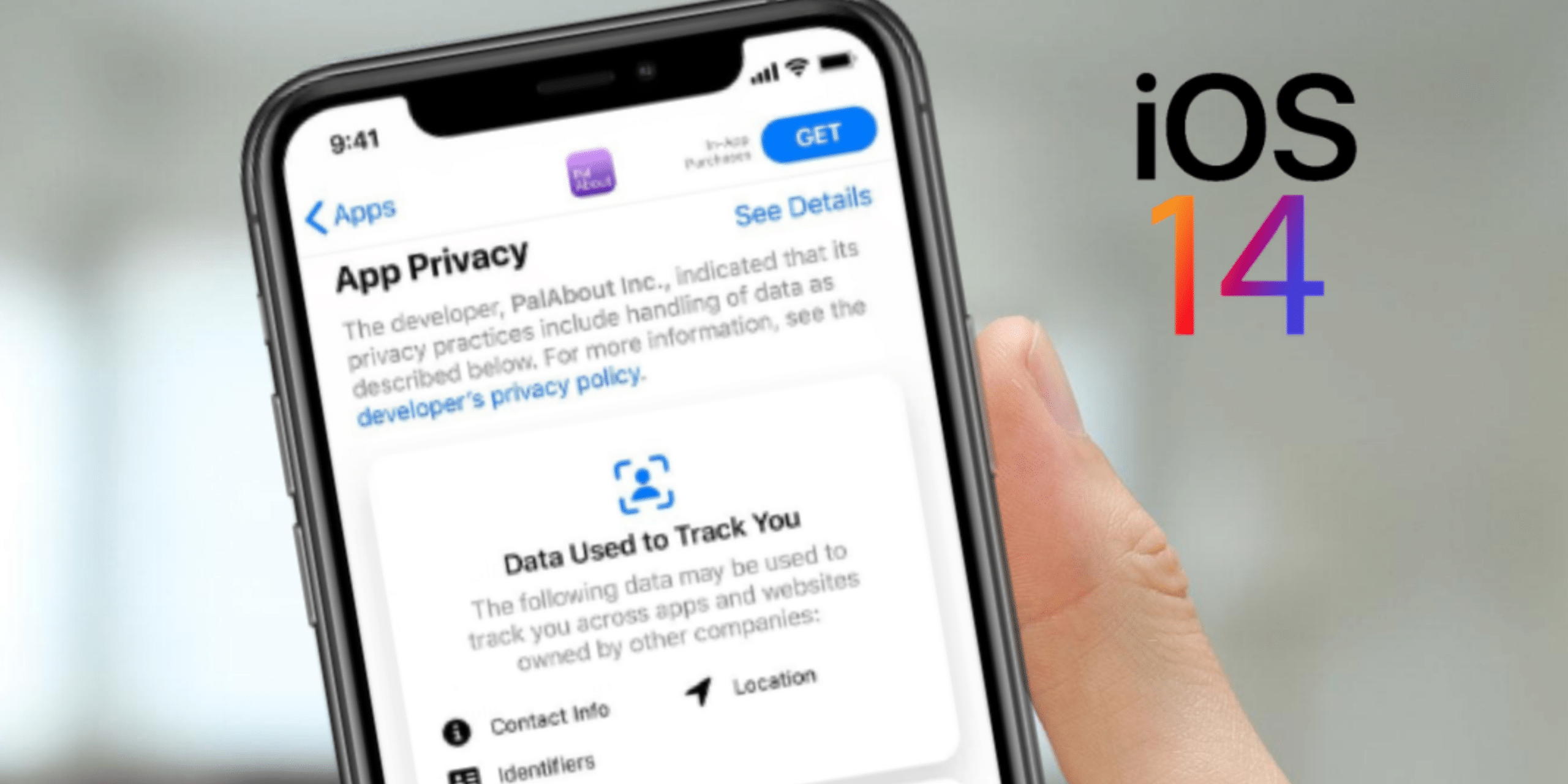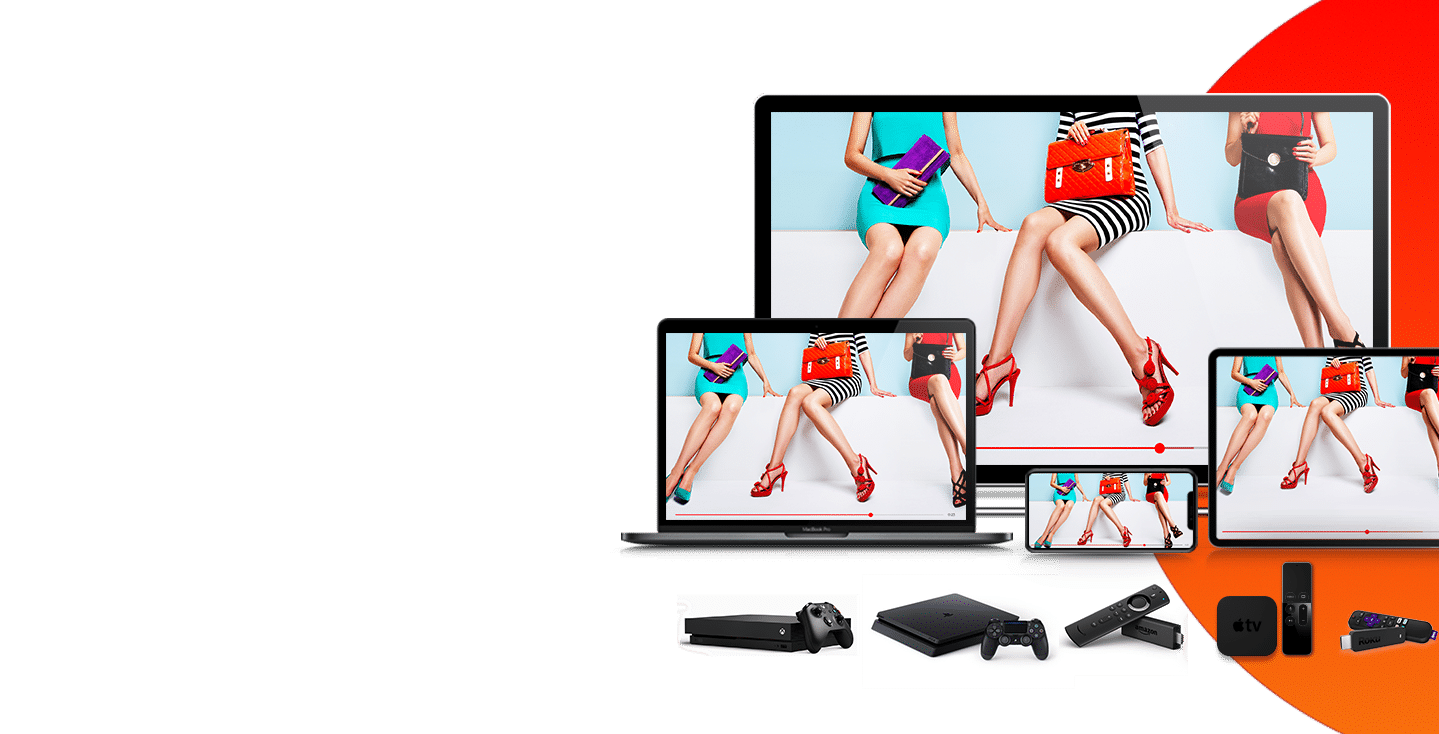What is Connected TV?
Connected TV, often referred to as CTV, is a term used to describe television sets that are connected to the internet. These TVs offer users an enhanced viewing experience by integrating features and functions of traditional television sets with the capabilities of internet connectivity. In essence, a connected TV allows viewers to access and consume content from various sources, including streaming platforms, social media channels, and other web-based applications. With the widespread adoption of high-speed internet connections and advancements in technology, there has been a surge in demand for connected TVs.
To better understand what a connected TV is, one must consider its core components. Unlike regular television sets that receive content through cable or satellite feeds, connected TVs rely on internet connectivity for delivering content. This can be achieved either through built-in Wi-Fi or Ethernet connections or by using external devices such as streaming media players and gaming consoles. When compared to traditional televisions, connected TVs provide users with greater flexibility in terms of accessing and consuming content from numerous sources.
Some connected TV examples include popular brands like Samsung Smart TVs, LG Smart TVs, Sony Bravia Android TVs, and Vizio Internet Apps Plus-enabled televisions. These products come equipped with pre-installed applications such as Netflix, Hulu, Amazon Prime Video, YouTube among others – making it easier for viewers to stream their favorite shows and movies without any additional setup. Additionally, Rokus, Fire TV Sticks, gaming consoles, and more are examples of connected TV.
The rise of connected TV has revolutionized not just how people consume entertainment, but also how advertisers and marketers reach their target audiences. With the ability to track user engagement and preferences, connected TVs present new opportunities for targeted advertising campaigns that can be tailored to individual viewers. This helps businesses deliver more relevant ads, resulting in higher conversion rates and improved brand recall.
CTV Advertising and OTT Advertising
CTV advertising (connected TV advertising) is a rapidly growing method of reaching consumers through their Connected TVs. Advertising on connected TV combines the best of traditional TV commercials and digital video ads, offering brands the opportunity to engage with audiences in a highly targeted and measurable way. As more viewers cut the cord and move away from cable or satellite subscriptions, connected TV advertising has become an increasingly important part of marketers’ strategies, as they can place their ads within this content in a similar fashion to traditional commercial breaks.
CTV advertising examples can be found across various ad formats and platforms. For instance, connected TV ads inserted during breaks in streaming content on Hulu are great examples. Another example would be ads on live sports broadcasts or popular shows on platforms like Max or Peacock.
The primary advantage of CTV advertising over conventional TV commercials lies in its targeting capabilities. Advertisers can leverage different data points such as demographics, viewing habits, location information, and more to deliver tailored messaging to specific audience segments. Connected TVs are linked with IP addresses rather than cable boxes or satellite dishes used for linear TV service providers, which helps advertisers measure ad performance metrics more accurately.
Connected TV advertisements are being designed to seamlessly blend with the high-quality content that viewers are accustomed to, creating an engaging experience that is less intrusive than traditional commercials. Brands can also use addressable advertising technology to deliver highly targeted ads based on viewer preferences and demographics, further enhancing the relevance of their messages.
Connected TV Platforms and Devices
Connected TV devices have revolutionized the way viewers consume content, offering a seamless blend of traditional television programming and internet-based services. These cutting-edge gadgets allow users to access a wealth of on-demand content, streaming platforms, and apps at the touch of a button. As a result, Connected TV channels provide a diverse range of entertainment options for consumers to choose from, catering to different tastes and preferences.
The popularity of connected TV devices has resulted in an influx of new players in the market. From established tech giants like Apple with their Apple TV devices to relative newcomers such as Roku and Amazon Fire Stick; consumers are spoiled for choice when it comes to selecting their preferred connected TV device.
By aggregating content from multiple sources on one platform, users can enjoy easier navigation between their favorite shows or movies without needing any additional hardware.
Connected TV Growth and Trends
The phenomenal connected TV growth, in recent years, has garnered immense attention from marketers and advertisers worldwide. This paradigm shift is attributed to the changing consumer behavior, as more and more individuals opt for streaming services over traditional cable television. Connected TVs provide an immersive and convenient experience, seamlessly integrating various digital platforms to cater to the evolving entertainment preferences of viewers.
In terms of connected TV trends, a recent report by eMarketer revealed that 50% of the US population engages with connected TVs at least once a month, amounting to about 164 million users. Furthermore, it is predicted that by 2025, this figure will escalate to an astonishing 204.1 million users.
These impressive connected TV stats are indicative of a promising market for advertisers who seek targeted marketing opportunities. The primary reason behind this optimism is the enhanced measurement capabilities offered by connected TVs. Unlike traditional television advertising, which largely relies on generalized audience data, connected TV measurement allows for precise targeting based on granular viewer information such as demographics, preferences, and viewing habits.
This level of detailed data enables marketers to create personalized ad campaigns tailored for specific user segments. Moreover, these insights can be continually refined through real-time feedback on ad performance and viewer engagement metrics – all of which contribute significantly towards optimizing ROI for advertisers.
Connected TV vs Linear TV vs OTT
Connected Television (CTV) and Over-the-Top (OTT) media services are both popular and growing technologies that have transformed the way audiences consume content. These innovations provide users with greater convenience, flexibility, and control over their viewing experiences compared to traditional broadcasting methods.
The primary difference between Connected TV vs OTT lies in their focus. CTV specifically pertains to the technology behind connected televisions while OTT refers more broadly to the delivery of content over the Internet across various devices including smartphones, tablets, smart TVs, and laptops.
When comparing linear TV vs connected TV (CTV), there are several key differences worth noting. Linear TV represents traditional television broadcasting where viewers tune into scheduled programming on specific channels at designated times. CTV offers an interactive experience that enables users to access a variety of online content on-demand without adhering to a predetermined schedule.
In terms of advertising opportunities for marketers, CTV presents unique advantages over linear TV due to its highly targeted ad capabilities based on user preferences and behavior data. This allows advertisers to reach specific audience segments more effectively than with traditional television ads which tend to be broader in scope.
With these distinctions in mind, it is clear that CTV vs OTT examples highlight two distinct yet interconnected aspects of modern content consumption. While CTV focuses on the technology that enables viewers to access internet-based content on their televisions, OTT encompasses a wide range of streaming services and platforms that deliver video content over the internet to various devices. Together, these innovations have revolutionized the way audiences consume media and created new opportunities for content providers and advertisers alike.
Connected TV Partners and Advertising Companies
One prominent name in the realm of connected TV partners is Keynes Digital, an award-winning full-funnel programmatic advertising solution delivering data-driven results. As an industry leader, Keynes Digital provides tailored solutions for multi-platform campaigns that help marketers achieve their goals. The company leverages its expertise in media planning and buying to create targeted ad placements on connected TV devices. By combining sophisticated audience targeting with premium inventory sources, Keynes Digital helps businesses reach their desired consumer segments effectively and efficiently.
The Trade Desk – Connected TV
The Trade Desk offers unparalleled access to premium video inventory for connected TV advertising. Their platform empowers advertisers and agencies to reach their target audiences across various streaming services and connected TV devices. The Trade Desk’s advanced technology provides precise targeting capabilities and real-time optimization, ensuring that ad campaigns deliver maximum impact and ROI.
Another major player in the connected TV advertising space is Roku. Roku is known for its popular line of streaming devices and smart TVs that offer a wide range of streaming content and apps. Roku’s advertising platform, Roku Advertising, allows brands to engage with millions of active streaming viewers. With personalized ad experiences and data-driven insights, Roku helps advertisers connect with their desired audiences in a meaningful way.
As the connected TV ecosystem continues to evolve, many advertising agencies and technology companies are specializing in CTV advertising, offering comprehensive solutions to meet the demands of this rapidly growing market.
Connected TV vs Linear TV
The shift from traditional linear TV to connected TV is a transformative one in the world of television and advertising. Linear TV, with its scheduled programming and fixed advertising slots, has been a staple of the industry for decades. However, connected TV has emerged as a dynamic alternative, providing viewers with the flexibility to access content on their terms.
One of the significant differences between connected TV and linear TV is the ability to target audiences effectively. Connected TV advertising leverages data-driven insights to deliver ads to specific viewer segments, enhancing ad relevance and engagement. In contrast, linear TV advertising relies on broader demographics and may not offer the same level of precision in targeting.
Connected TV advertising offers measurement and analytics capabilities that provide advertisers with real-time feedback on ad performance. This allows for continuous optimization and the ability to make data-driven decisions to improve campaign effectiveness.
Connected TV’s impact on linear TV is evident as more viewers shift towards streaming and on-demand content. Cord-cutting, the practice of canceling traditional cable or satellite TV subscriptions in favor of streaming services, is on the rise, further highlighting the changing landscape of television consumption.
Connected TV Advertising Success
Achieving success in connected TV advertising requires a strategic approach that takes advantage of the unique capabilities and opportunities it offers. Here are some key factors to consider:
- Targeted Advertising: Use the precise targeting capabilities of connected TV to reach your ideal audience. Leverage data on demographics, interests, and viewing behavior to tailor your ad campaigns.
- Compelling Content: Create engaging and relevant ad content that resonates with viewers. High-quality, visually appealing ads are more likely to capture the audience’s attention.
- Data Analytics: Monitor ad performance in real-time and use data analytics to optimize your campaigns. Adjust your targeting, ad creatives, and bidding strategies based on the insights you gather.
- Ad Frequency: Be mindful of ad frequency to avoid overexposure. Too many ads in a short period can lead to viewer fatigue and reduced engagement.
- Ad Formats: Explore different ad formats, such as pre-roll, mid-roll, and post-roll, to determine which works best for your campaign goals.
- A/B Testing: Conduct A/B testing to compare different ad variations and determine which elements drive better results.
- Ad Placement: Consider where your ads will appear within the content. Strategic ad placement can enhance viewer engagement.
- Creative Messaging: Craft compelling and concise ad messages that convey your brand’s value proposition effectively.
- Call to Action: Include clear and actionable calls to action (CTAs) in your ads to encourage viewer interaction, such as visiting your website or making a purchase.
- Budget Management: Allocate your advertising budget wisely, adjusting it as needed based on campaign performance and goals.
As the connected TV landscape continues to evolve, staying updated with industry trends and innovations is crucial for advertisers seeking success in this dynamic medium.
Connected TV has emerged as a powerful platform for advertisers to reach their target audiences with precision and engage viewers in a more personalized manner than traditional linear TV. With the growth of streaming services and connected TV devices, this advertising medium offers numerous opportunities for brands to connect with consumers in an ever-changing digital landscape. By leveraging data-driven insights, optimizing ad campaigns, and creating compelling content, advertisers can achieve success in the world of connected TV advertising.
Industry Expert Insights
We are your high-touch, performance-focused streaming TV and programmatic advertising partner. Our team of experts and a one-of-a-kind data-driven platform connects you to the best streaming TV marketing strategies.





